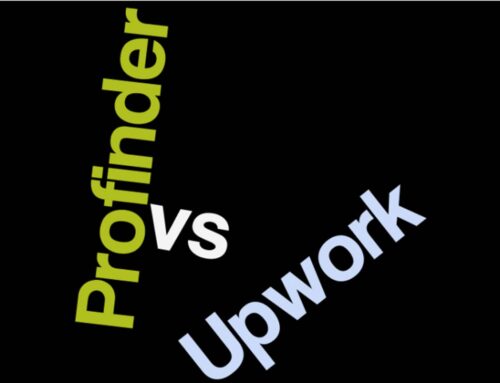6. Sending automated posts
Whether you send automated tweets about your recent blog posts or any other messages, anything automated is a real turn off for many people.
You can, however, preschedule messages to be tweeted later. That’ll save you time. It’s especially handy if you know you’re going to be tied up in a meeting. But don’t lie and pretend you’re right in the middle of doing something you’re not. While you’re otherwise engaged, you can set up posts containing interesting bits of facts pertaining to your field.
Tweetlater http://tweetlater.com is the perennial favorite for prescheduling messages. To set up an RSS feed of updates so you don’t miss anything, try TwitterFeed http://twitterfeed.com
7. Posting only links with little or no explanation
You can’t expect, and you certainly won’t, entice people to click on your link if you don’t tell them what it’s about. A few words of explanation will suffice. For a personal touch, add your comment. It’s also helpful if you indicate whether the link is a video or a podcast.
8. Sending automated direct mail (DM) messages
As mentioned above, it’s best not to send automated messages. My inbox is flooded with automated “thank you for following” tweets, but this is a practice discouraged by many. Why? It’s tedious and time-consuming for people to have to read thank-you messages. You can show your appreciation in a better way, by engaging in conversation with them or retweeting them. Besides, too many people add links to their products or blog posts in their thank-you messages. Be aware that some people will immediately unfollow you if you send such DM’s.
If they’re personal, non-automated messages, there’s nothing wrong with sending DM except that some people just don’t read them because their inboxes are overflowing with sales pitches disguised as thank-you notes. So, if you send a DM and you don’t hear back, better type the @ symbol, followed by your recipient’s Twitter name, and write a message.
9. Misuse/nonuse of the @reply function
Periodically check to see who’s either trying to converse with you or mentioning you in their tweets. Be especially alert to what your clients may be trying to tell you. And I can’t stress enough the importance for businesses to keep an antenna out for what’s been said about them. In twitterverse, tweets can propagate at hypersonic speed!
If the message is directed at you, then do respond in kind. When you do, add a little bit of context to your reply because many people write multiple tweets, it’s not always possible to tell which tweet you’re referring to. Sending a reply like “Cool!” or even “I like your idea” are meaningless without some context.
10. Legal problems
When it comes to legal problems, I like to avoid them. You should think twice before you mention real names, particularly if your comment is negative. You could find yourself sued for defamation.
Similarly, privacy and copyright rules apply to Twitter. You need to respect people’s privacy. If in doubt, play it safe. In terms of quoting poems or articles, you may think that you can’t get into trouble with copyright rules with only 140 characters. But if you share an entire poem that belongs to someone else through a series of tweets, you could be infringing on their copyright.
And if you’re tweeting a haiku (which easily fits into a single 140 character tweet), either take one from a famous dead poet, or else get the poet’s permission first!
For ideas on how businesspeople twitter, and to find and follow business executives, check out Exec Tweets: http://exectweets.com
And now, on the lighter side, for a cartoon by “The Oatmeal” on “Ten Things You Need to Stop Tweeting About,” go to: http://theoatmeal.com/comics/twitter_stop









People who aren’t utilizing twitter will have either not figure out the major power of twitter or they might not be aware of its existence. Doing some research, you can see the positive and successful stories of twitter and their purpose in driving traffic to your business
I really wish I were able to write as you do on your blog, please write much more as you have a true fan right here